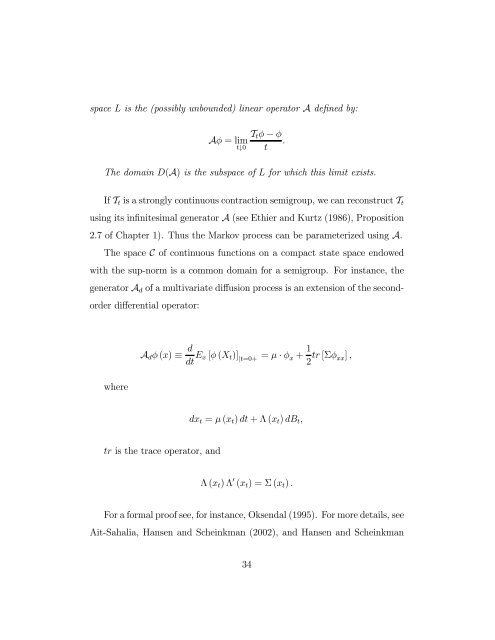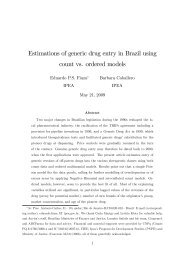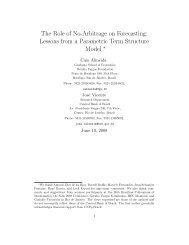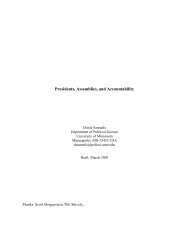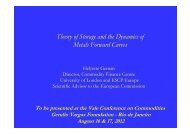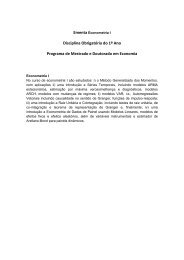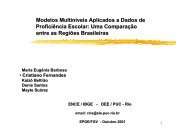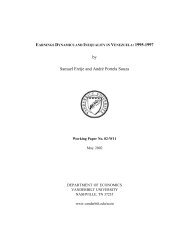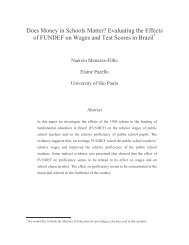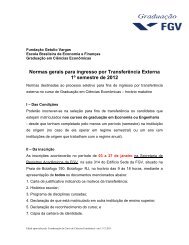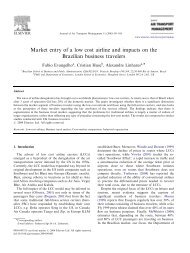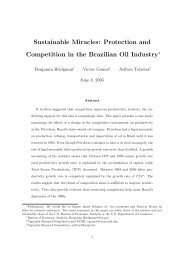Dynamic Hedging with Stochastic Differential Utility
Dynamic Hedging with Stochastic Differential Utility
Dynamic Hedging with Stochastic Differential Utility
You also want an ePaper? Increase the reach of your titles
YUMPU automatically turns print PDFs into web optimized ePapers that Google loves.
space L isthe(possiblyunbounded)linearoperatorA defined by:<br />
T t φ − φ<br />
Aφ = lim .<br />
t↓0 t<br />
The domain D(A) isthesubspaceofL for which this limit exists.<br />
If T t is a strongly continuous contraction semigroup, we can reconstruct T t<br />
using its infinitesimal generator A (see Ethier and Kurtz (1986), Proposition<br />
2.7 of Chapter 1). Thus the Markov process can be parameterized using A.<br />
The space C of continuous functions on a compact state space endowed<br />
<strong>with</strong> the sup-norm is a common domain for a semigroup. For instance, the<br />
generator A d of a multivariate diffusion process is an extension of the secondorder<br />
differential operator:<br />
A d φ (x) ≡ d dt E x [φ (X t )] |t=0+<br />
= µ · φ x + 1 2 tr [Σφ xx] ,<br />
where<br />
dx t = µ (x t ) dt + Λ (x t ) dB t ,<br />
tr is the trace operator, and<br />
Λ (x t ) Λ 0 (x t )=Σ (x t ) .<br />
For a formal proof see, for instance, Oksendal (1995). For more details, see<br />
Ait-Sahalia, Hansen and Scheinkman (2002), and Hansen and Scheinkman<br />
34


